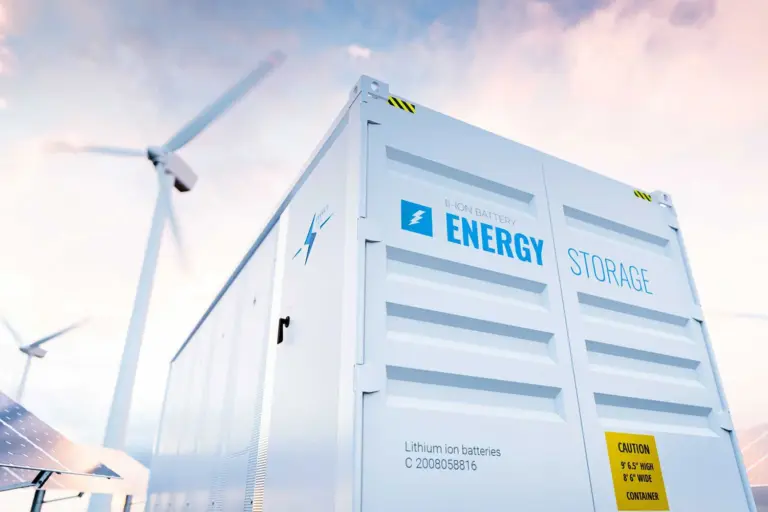
Pushing Energy Storage Further
Energy storage remains an emerging asset class in the UK with its ability to help keep the lights on continuing to be proven. It’s historically been held back by a lack of regulatory definition – which was only officially clarified in November 2020 – and planning limitations on system sizes. Combined with a revenue environment that has rewarded fast-acting, short-duration grid services, a large proportion of the UK’s 1.3 GW of operational energy storage systems (ESS), as of May 2021, has been designed to deliver power for one hour or less.
We can see this from the projects competing for Capacity Market (CM) contracts, which can provide a long-term income (in contrast to typical frequency response revenues). Systems providing discharge durations of either 30 minutes or one hour accounted for 86% of those participating in 2018’s T-4 auction for delivery in 2021-2022, reflecting the market demand for such systems. By comparison, 69% of ESS cleared in the 2021 T-4 auction is capable of providing two-hour duration.
These results suggest a rising sentiment of investors towards non-contracted merchant revenues, as few services call for two-hour duration or more. Choosing the right balance between capital expenditure and revenue risk is an important part of Gore Street’s process—getting it right is set to be of critical importance for years to come. To date, the revenue per MW/h has been significantly higher for batteries with durations of up to one hour – and Gore Street’s portfolio has been well optimized to capture higher revenues at lower capex.
The logical progression of a trend towards longer-duration systems would see four-hour ESS emerge as a result of significant reductions in the projected capital expenditure required for such projects. The potential for these systems to deliver secure power as grids become more renewable has already been picked up by the UK government, which has allocated £68m ($92m) to development of longer-than-four-hour storage systems.
A similar approach has been taken in the US, where the government is going further and funding development of 10-hour systems via a $1bn programme. Individual states are also taking action, with California legislating for longer-duration ESS involvement in its electricity system.
These market developments are being seen around the world as energy supplies become more volatile and the need for secure power increases. This market demand is pushing energy storage further and paving the way for the UK’s ESS pipeline to grow even faster.

